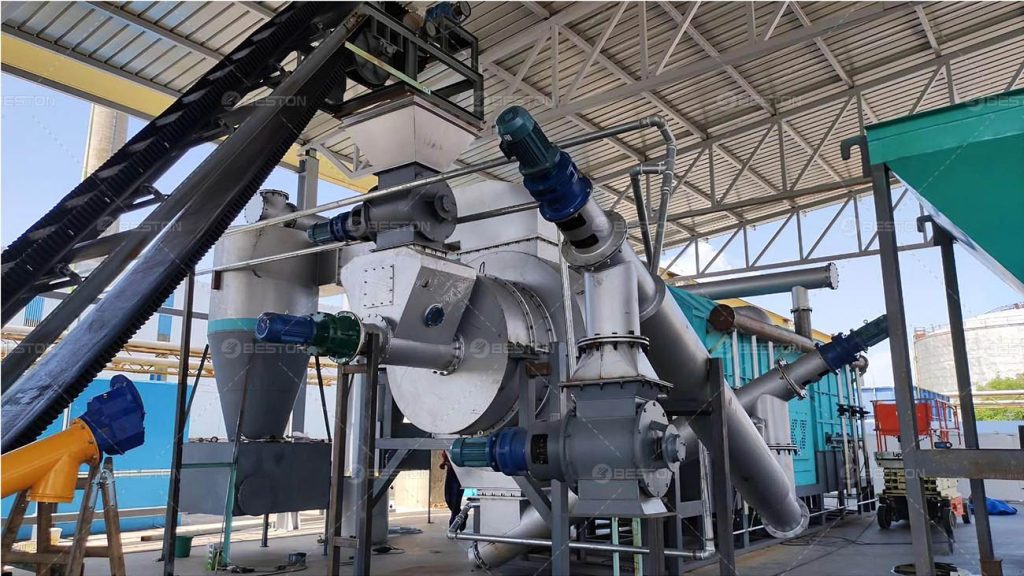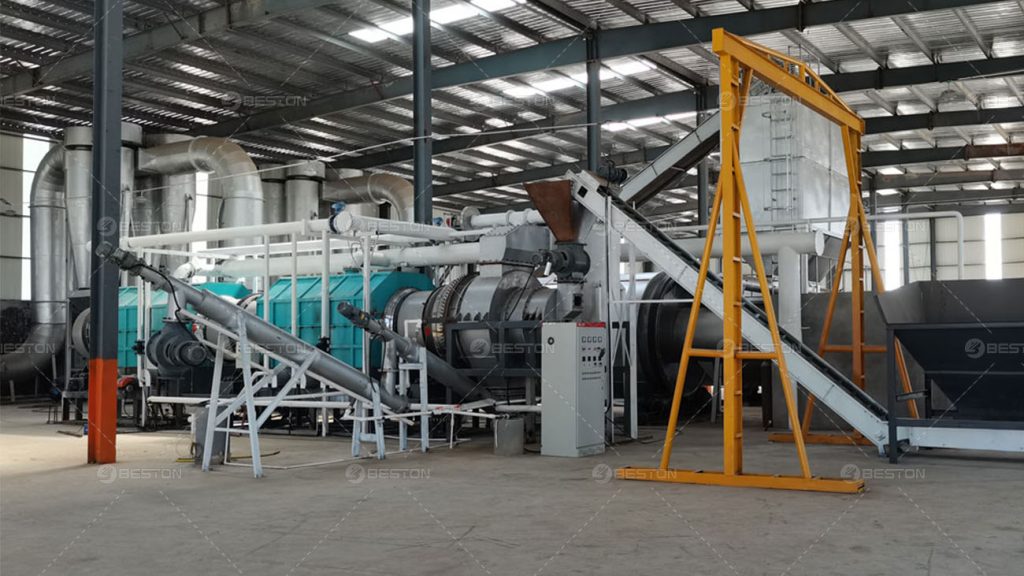Process Flow from Coconut Shell to Charcoal Briquette
In the realm of sustainable biomass utilization, coconut shells have emerged as a valuable resource for charcoal production, facilitated by advanced technologies such as the coconut shell charcoal making machine. This intricate process involves several distinct stages, each crucial in transforming raw coconut shells into high-quality charcoal briquettes.

Raw Material Preparation
The journey begins with the collection of coconut shells sourced primarily from coconut processing industries and agricultural residues. These shells are initially subjected to sorting and cleaning processes to eliminate impurities such as dust and other foreign materials.
Carbonization Process
Step 1: Drying
Before carbonization, the moisture content of the coconut shells must be reduced significantly. This is achieved through a drying phase, where the shells are exposed to controlled heat and air circulation until their moisture levels drop to optimal levels.
Step 2: Carbonization
Once dried, the coconut shells undergo carbonization in specialized carbonization machine. This process involves heating the shells in an oxygen-limited environment, leading to the expulsion of volatile compounds and the conversion of the shells into carbonized coconut shell.
Activation (Optional)
Step 3: Activation
For certain applications requiring activated charcoal, the carbonized coconut shell may undergo an activation process. Activation enhances the surface area and adsorption properties of the charcoal, making it highly effective in various purification processes.
Briquetting Process
Step 4: Crushing and Sizing
The carbonized coconut shell is crushed into smaller pieces to achieve a uniform particle size. This step ensures consistency in the quality and burning characteristics of the final charcoal briquettes.
Step 5: Mixing
In preparation for briquetting, the crushed coconut shell charcoal is blended with a binder, often a natural starch derived from agricultural waste. The binder facilitates the formation of briquettes by holding the charcoal particles together.
Step 6: Briquetting
The mixed charcoal and binder are fed into briquetting machines where pressure and heat are applied to compress them into compact briquettes. This process ensures density and durability in the finished products. Beston Group China provides advanced charcoal briquettes machines, welcome to consult.
Quality Control and Packaging
Step 7: Cooling and Sieving
Once formed, the charcoal briquettes undergo a cooling process to stabilize their structure. They are then sieved to remove fines and ensure uniformity in size.
Step 8: Quality Inspection
Quality control checks are conducted on the briquettes to verify parameters such as moisture content, ash content, and calorific value. This ensures compliance with industry standards and customer requirements.
Step 9: Packaging
The final step involves packaging the charcoal briquettes in bags or containers suitable for storage, transportation, and retail distribution. Proper packaging preserves the quality of the briquettes and provides essential information to consumers.

Environmental Benefits
The process of converting coconut shells into charcoal briquettes offers several environmental benefits:
- Waste Utilization: Utilizes agricultural waste that would otherwise be discarded.
- Renewable Resource: Coconut shells are renewable and abundant, contributing to sustainable charcoal production.
- Carbon Neutrality: Charcoal from coconut shells is considered carbon-neutral, as the carbon emitted during burning is offset by the carbon absorbed during coconut growth.
Applications
The high-quality charcoal briquettes derived from coconut shells find applications across various industries:
- Household Cooking: Ideal for cooking and heating due to their high heat output and long burn time.
- Industrial Use: Used in industries for processes requiring high temperatures and consistent heat.
- Water Purification: Activated charcoal derived from coconut shells is effective in water treatment due to its adsorption properties.
Conclusion
From the initial collection of coconut shells to the final packaging of charcoal briquettes, the process involves meticulous steps facilitated by advanced technologies such as the coconut shell charcoal manufacturing machine. This journey not only transforms agricultural waste into a valuable product but also promotes sustainable practices and environmental stewardship in biomass utilization. As demand for eco-friendly fuel sources continues to rise, the role of coconut shell charcoal in meeting these needs remains pivotal, driven by innovation and a commitment to efficiency and quality.